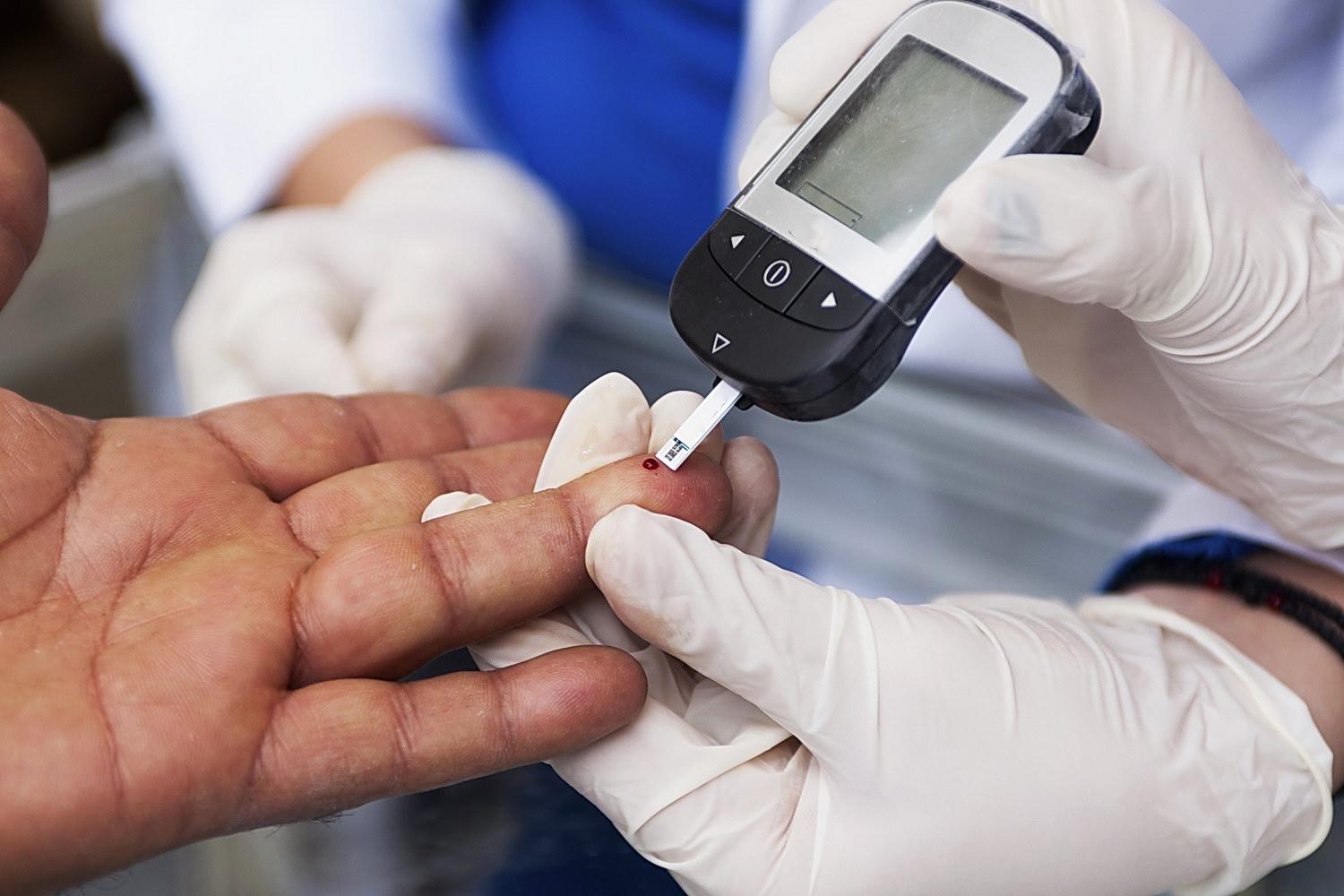Market Dynamics:
The increasing prevalence of diabetes is one of the major drivers responsible for the growth of the GLP-1 receptor agonist market. As per the International Diabetes Federation (IDF), approximately 537 million adults (20-79 years) were living with diabetes in 2021, and by 2045 this will rise to 783 million. GLP-1 receptor agonists have significantly helped in managing blood glucose levels in type 2 diabetes patients and have fewer side effects compared to other antidiabetic drugs. This has resulted in their increased demand and adoption rate globally.
Moreover, continuous innovation and advancement in delivery methods of GLP-1 receptor agonists is also fueling the market growth. Various companies are developing oral and non-injected forms of GLP-1 drugs to improve patient compliance. For instance, in 2020, the FDA approved Rybelsus (oral semaglutide), the first approved oral GLP-1 drug. Such approval of novel drug formulations is expected to make GLP-1 therapy more accessible to diabetes patients.
SWOT Analysis
Strength: GLP-1 receptor agonists are highly effective at lowering blood sugar levels and promoting weight loss in diabetic patients, which makes them an attractive treatment option. They have advantages over other treatment options as they are injectable and act specifically on glucose regulation. Treatment with GLP-1 receptor agonists has also been shown to reduce cardiovascular risk in type 2 diabetes patients.
Weakness: The main weakness is that GLP-1 receptor agonists need to be administered via injections which many patients dislike. The injections also have side effects like nausea which some patients experience initially. Storage and transportation requirements for some GLP-1 receptor agonists are stringent as they need to be refrigerated.
Opportunity: Diabetes prevalence continues to rise worldwide driven by increasing obesity rates and aging populations. This growing diabetes patient pool represents a major market opportunity for GLP-1 receptor agonists. Additionally, studies evaluating cardiovascular benefits of GLP-1 receptor agonists beyond glucose control can expand their eligible patient population and drive greater usage.
Threats: Patent expirations of major GLP-1 receptor agonists allows for biosimilar competition which poses a pricing threat. Restrictive reimbursement policies posed by various countries also limit market access and uptake. Safety concerns emerging from long term real world use can negatively impact the market.
Key Takeaways
The Global GLP-1 Receptor Agonist Market Size is expected to witness high growth.
Regional analysis the North America region currently dominates the market owing to high awareness levels,favourable reimbursement policies as well as presence of major manufacturers in the region. The Asia Pacific region is expected to witness the highest growth during the forecast period driven by increasing diabetes prevalence especially in China and India as well as growing healthcare expenditure.
Key players operating in the GLP-1 receptor agonist market are SunPower Corporation, Vivint Solar, Sunrun, Tesla, LG Electronics, Panasonic Corporation, JinkoSolar, Canadian Solar, ReneSola, Trina Solar, Yingli Green Energy, SMA Solar Technology, Enphase Energy, SolarEdge Technologies, Daqo New Energy Corp, JA Solar, LONGi Green Energy Technology, Array Technologies, First Solar, REC Group. They are focused on investing in R&D to develop improved and specialized GLP-1 receptor agonist therapies. Manufacturers are also pursuing strategies like co-promotion deals and acquisitions for portfolio expansion in this market.
Explore more information on this topic, Please visit-
https://www.rapidwebwire.com/glp-1-receptor-agonist-market-size-and-share-analysis-growth-trends-and-forecasts/
